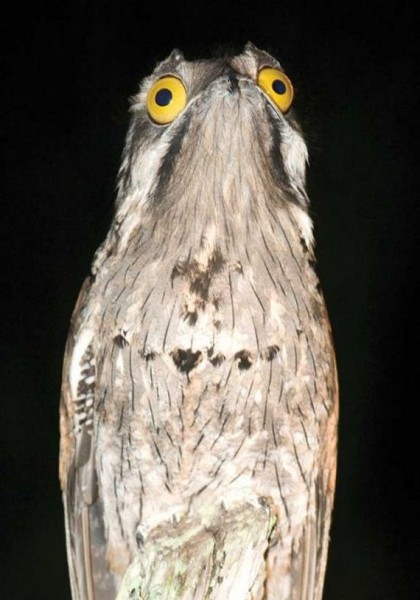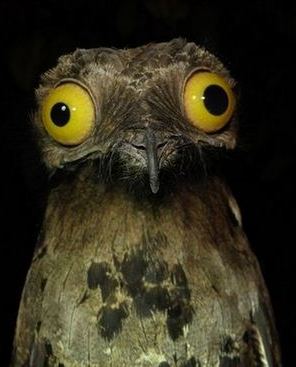Or barely dabble. I’m sure a philatelist would have a conniption at the state of my stamps. My collections would be much more pleasing to a numismatist, but he would probably say that mine was a very mundane assortment; probably worthless. Likewise a petrologist would yawn, I imagine, until we got to the meteorites. I could almost be a deltiologist, but every time I gather up a good batch, I only try to find reasons to send them out in the mail. I’d probably be better at it if the mail brought them to me instead.
I used to be a devoted arctophilist, and still have many stuffed friends from my childhood, but have since mostly dismantled my collection.
I was never personally drawn to phillumeny, but I did inherit a lovely collection of matchbooks whose sulfur emissions are tightly contained by a gigantic jar. Woe to those that open it, though sometimes I do just to wake my nose up. My mother was very much a gnomologist, and I briefly followed in her footsteps until I tried paroemiography instead.
Lepidoptery always kind of creeped me out, and I find oology similarly squicky. Though I can kind of understand, the homes of plangonologists put me on edge as well, all those eyes!





